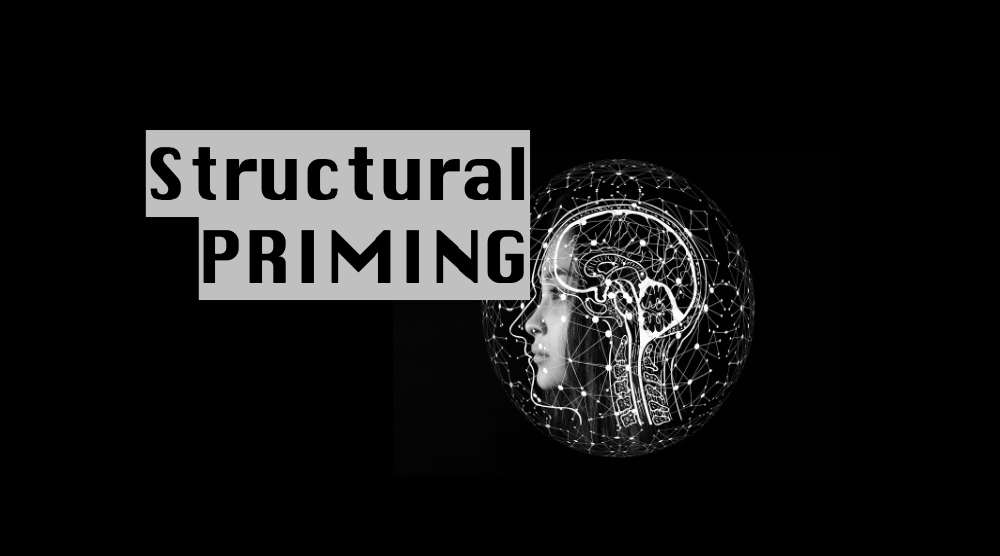Structural Priming

Structural priming is the tendency to repeat or more easily process a syntactic structure that a speaker has been recently exposed to. Linguistic experiments that use structural priming try to understand how language is represented in the mind 🧠.
This project used a structural priming paradigm to examine how different speakers (i.e., native speakers, second language speakers, and heritage speakers) process ditransitive constructions in Spanish.
The experiment consisted of a pre-test, treatment, and post-test. Data were manually coded and imported into R in order to conduct statistical analyses (i.e., mixed-effects binomial logistic regression models and estimated marginal means) and to plot results 📉.
You can find the code here.